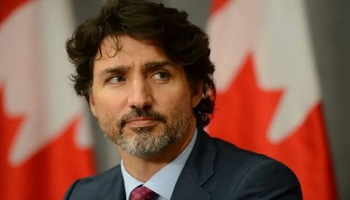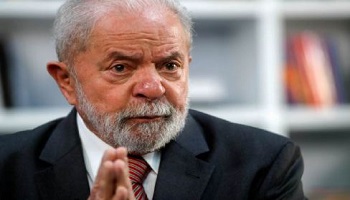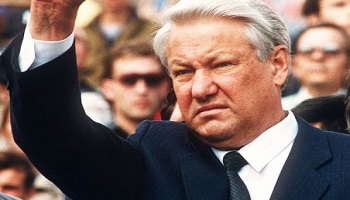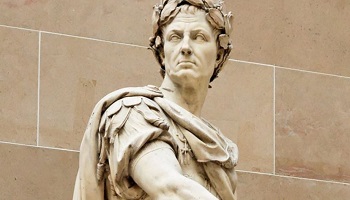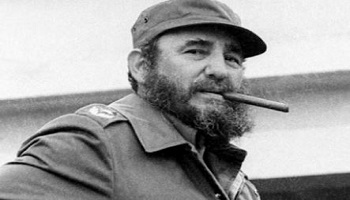
Fidel Castro Net Worth The Economics Behind The Revolution
Fidel Castro, a towering figure in 20th-century history, is best known for leading the Cuban Revolution and transforming the island nation into a socialist state. While his political legacy is often the focus of discussions, questions about his personal wealth have long intrigued historians, critics, and admirers alike. Was Castro a true man of the people, living modestly as he claimed, or did he secretly amass wealth during his decades in power?
In this blog post, we delve into the reported net worth of Fidel Castro, the economic structures he implemented in Cuba, and the controversies surrounding his financial legacy.
Fidel Castro: A Brief Overview
Fidel Alejandro Castro Ruz was born on August 13, 1926, in Birán, Cuba. Raised in a relatively affluent family, Castro pursued law at the University of Havana, where his political ideologies began to take shape. In 1959, he led the Cuban Revolution, overthrowing the dictatorship of Fulgencio Batista. As Cuba’s Prime Minister (1959–1976) and later President (1976–2008), Castro implemented sweeping socialist reforms, nationalized industries, and championed education and healthcare for all.
While Castro’s policies earned him admiration among some for prioritizing equality, others criticized him for suppressing dissent and plunging Cuba into economic isolation. Despite these controversies, one question looms large: How much wealth did Castro personally accumulate?
Reported Net Worth: Myths and Estimates
The topic of Fidel Castro’s net worth has been a matter of speculation. In 2006, Forbes famously listed Castro among the world’s wealthiest rulers, estimating his net worth at $900 million. This figure was based on the assumption that Castro had control over Cuba’s state-owned enterprises, including tourism, retail, and media industries.
Castro vehemently denied these claims, calling them “infamy” and asserting that he lived a modest life. He argued that his role as Cuba’s leader was to serve the people, not to enrich himself. However, critics contend that his access to state resources gave him privileges that contradicted his image as a humble revolutionary.
Sources of Wealth: Fact or Fiction?
1. State-Owned Enterprises
Cuba’s economy under Castro was dominated by state-owned enterprises, ranging from sugar plantations to luxury hotels. While there is no concrete evidence that Castro directly profited from these businesses, his critics argue that his control over these entities effectively made him one of the wealthiest individuals in the world.
One of the most cited examples is the state-owned corporation Grupo de Administración Empresarial S.A. (GAESA), which controls significant portions of Cuba’s economy, including tourism and retail. Although GAESA is officially managed by the Cuban military, detractors claim that it served as a financial backbone for Castro’s regime.
2. Personal Luxuries
Despite his claims of modesty, reports emerged over the years about Castro’s access to luxury. Accounts from former officials and international journalists describe private yachts, exclusive residences, and even a personal island retreat. Critics argue that these amenities suggest a lifestyle inconsistent with his public persona.
3. International Aid and Alliances
Cuba’s alliances with socialist states like the Soviet Union and later Venezuela provided substantial financial support to the country. While this aid was ostensibly used to sustain the Cuban economy, some speculate that portions of these funds may have been diverted to maintain the privileges of the ruling elite.
The Economics of the Revolution
To understand Castro’s financial legacy, it’s essential to examine the economic policies he championed. His vision for Cuba was rooted in socialism, emphasizing wealth redistribution and state control over resources. Key economic reforms included:
1. Nationalization of Industries
Under Castro’s leadership, major industries such as sugar production, banking, and utilities were nationalized. Foreign-owned businesses, particularly American corporations, were seized, leading to significant economic shifts. While these policies aimed to reduce inequality, they also resulted in economic stagnation and international trade embargoes.
2. Agrarian Reforms
Castro implemented land reforms that redistributed property from wealthy landowners to peasants and cooperatives. While this policy initially boosted agricultural productivity, inefficiencies in state-managed farms eventually led to food shortages and economic decline.
3. Focus on Education and Healthcare
One of Castro’s most notable achievements was the development of Cuba’s education and healthcare systems. By prioritizing these sectors, Castro elevated Cuba’s literacy rates and life expectancy, garnering international praise. However, critics argue that these advancements came at the expense of individual freedoms and economic growth.
Controversies and Criticism
1. Economic Mismanagement
While Castro’s policies aimed to create a more equitable society, many argue that they led to economic inefficiency and widespread poverty. Cuba’s reliance on Soviet subsidies during the Cold War and its subsequent economic collapse in the 1990s highlight the challenges of a centrally planned economy.
2. Lifestyle Discrepancies
Critics point to the disparity between Castro’s public image and his reported private lifestyle. While ordinary Cubans faced shortages of basic goods, Castro reportedly enjoyed privileges that were inaccessible to the general population.
3. Lack of Transparency
The opaque nature of Cuba’s government finances makes it difficult to verify claims about Castro’s wealth. Unlike leaders in democratic nations, Castro was not subject to financial disclosures or audits, leaving room for speculation.
Fidel Castro’s Legacy: Beyond Wealth
Regardless of the debates surrounding his net worth, Castro’s true legacy lies in his political and social impact. For supporters, he remains a symbol of resistance against imperialism and a champion of social justice. For detractors, he represents authoritarianism and economic mismanagement.
The question of Castro’s wealth is emblematic of broader tensions in his legacy. While his supporters view him as a selfless revolutionary, his critics see him as a ruler who leveraged state resources for personal gain. The truth likely lies somewhere in between, reflecting the complexities of a leader who shaped the course of Cuban history.
The net worth of Fidel Castro is a topic shrouded in mystery and controversy. While Forbes and other sources estimated his wealth to be in the hundreds of millions, these claims remain unsubstantiated. What is clear, however, is that Castro’s control over Cuba’s economy and resources gave him unparalleled power and access.
Castro’s financial legacy cannot be separated from the broader context of the Cuban Revolution. His policies aimed to create a more equitable society, but they also resulted in economic hardships and political suppression. Whether seen as a revolutionary hero or an authoritarian ruler, Castro’s life and legacy continue to spark debate, ensuring his place in history as one of the most enigmatic figures of the modern era.
